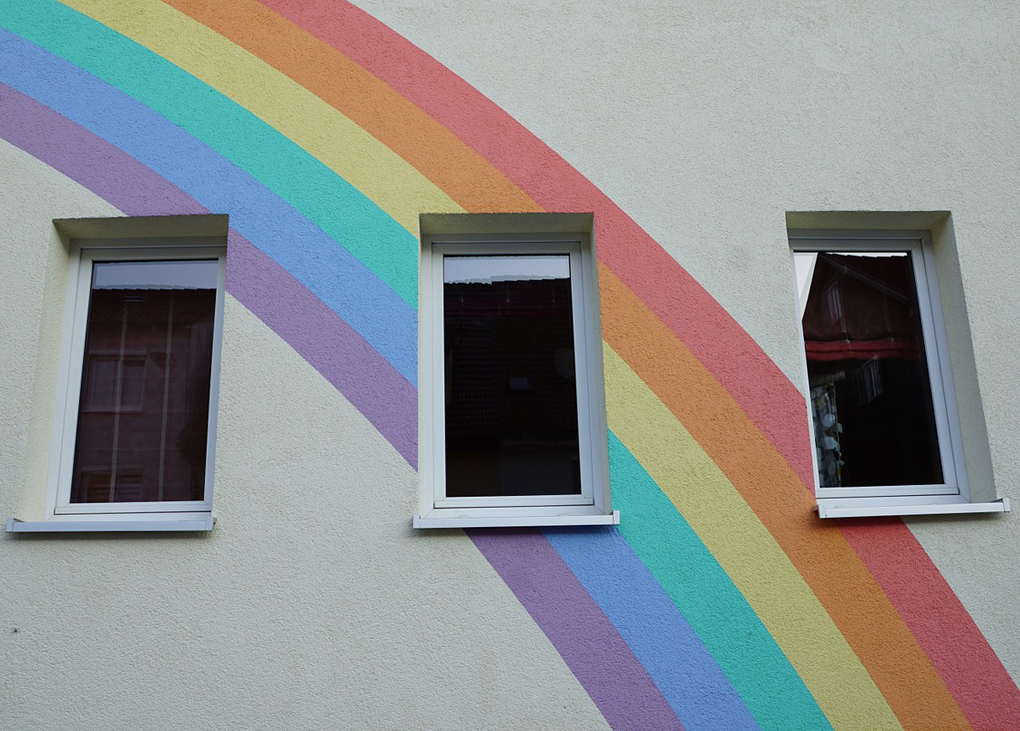Over the past month, Australia’s measures to control the spread of the coronavirus have profoundly changed the way we interact with the built environment. In simple terms, it has meant people spending the majority of their day at home rather than another workplace. But, according to members of AIRAH’s Resilience Special Technical Group (STG), it has also made us reflect on our essential systems and networks.
The Resilience STG promotes practical measures to produce more resilient built environments that can withstand extreme events. In the past, these events have mainly been envisaged as natural disasters such as floods, heatwaves and bushfires. However, the coronavirus pandemic also falls into the “extreme event” category.
So how has our built environment performed so far, and what have we learnt?
Remote revolution
Atelier Ten Director Paul Stoller, M.AIRAH, says one obvious lesson has been our limitations when working from home.
“While we can all work remotely, with surprising technical efficiency and connectedness, the overall remote-working process still feels disintegrated – despite group online coffees, stretching, lunch, drinks and the rest,” he says.
“And our collective work efficiency still feels lower. We have more to do to figure out how to work together more effectively while physically apart.”
Stoller also notes that the implementation of localised health screening services at schools, residences, workplaces, and other places where groups of people naturally congregate has had mixed results.
“Some places can provide for screening well – usually, those with generous lobbies, reception areas, and other ‘loose fit’ space around entrances,” he says. “But highly efficient buildings and layouts with no ‘loose’ space will struggle to accommodate health screening, just like older airports struggle to accommodate security screening.”
Plan B and the new normal
Director of Global IQ Group – and self-confessed “Doomsday prepper” – Liza Taylor, M.AIRAH, says we have been very fortunate that the isolation measures are occurring during the milder autumn weather rather than at the height of summer, when residential energy demand for cooling and working would have soared.
“In some areas, it could have melted the grid,” she says.
“And there’s a whole population out there that lives below the poverty line and doesn’t have air conditioning, or if they do they only have a wall-split in the house,” says Taylor. “When it’s too hot or the air conditioning goes down, they go to the local pool or shopping centre – that’s their Plan B. But unfortunately, when the shops aren’t open, there is no Plan B.
“I’m hoping that as an outcome of our situation we’ll be able to consider how to plan for this.”
Taylor agrees with Stoller that many organisations were not well equipped to suddenly switch to remote working.
“They may have had people working from home for years, but they’ve never collaborated from home,” she says. “One of the other school mums said she had to go out and buy a monitor, even though she’s been working from home one day a week for five years now, but not every day.”
She also points out, however, that people are quickly discovering the advantages of the remote office, as the alternate scenario for working becomes the new normal. Many businesses have adapted well and finding they are more productive.
“We’re actually having more meetings now than before,” she says. “Before it would be a case of meeting someone in person and lining up schedules, whereas now so many people are at home. An hour meeting is an hour – it’s not a three-hour meeting to drive there and back again.”
Finally, Taylor says one of the biggest lessons has been that it is not necessarily the virus itself that will do the most damage (although of course it is enormously damaging), but the systemic failure around it – now or later. While many people may experience mild symptoms, the real threat is in the breakdown of the overcrowded hospital system and services.
“The same applies to buildings. If air conditioning systems have been not operating for a long time, or if property managers put maintenance plans on hold, then microbial growth could escalate and may breed Legionella,” she says. “If you turn the systems straight back on again, without the right start-stop processes it might cause potential health issues.”
Locking down, not locking out
ESBS Director Lasath Lecamwasam, M.AIRAH, has been providing practical building services advice to sites that are shutting down.
“We recommend implementing remote access to existing BMS systems, with alarm and monitoring capabilities,” says Lecamwasam.
“Supply lines must be maintained for essential servicing and spares, while possibly maintaining certain essential spares onsite and negotiating contracts on schedules of rates with second-line contractors for service.”
Lecamwasam also recommends training staff to attend to first-line responses in case contractors are not available, and switching HVAC systems to set-back mode during periods of shut-down.
“As well, we must ensure contractors have safe access and means to continue attending to sites to carry out routine inspections and servicing to ensure resilience and reliability,” he says.
Finally, he recommends bringing forward repairs and maintenance while facilities may be on shut-down or on reduced operations.
“This might help preserve jobs in the industry,” says Lecamwasam, “and should be supported as a stimulus measure.”
 Mark Vender
Mark Vender


Leave a Reply to Raul Duran Cancel reply